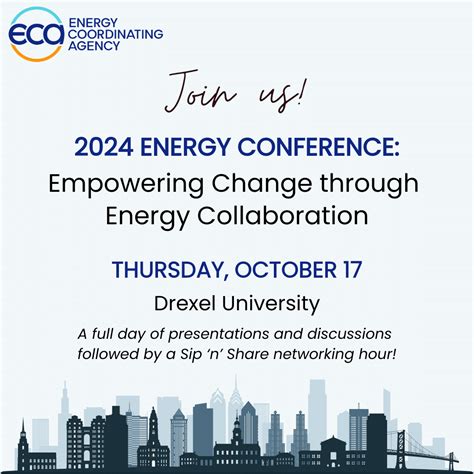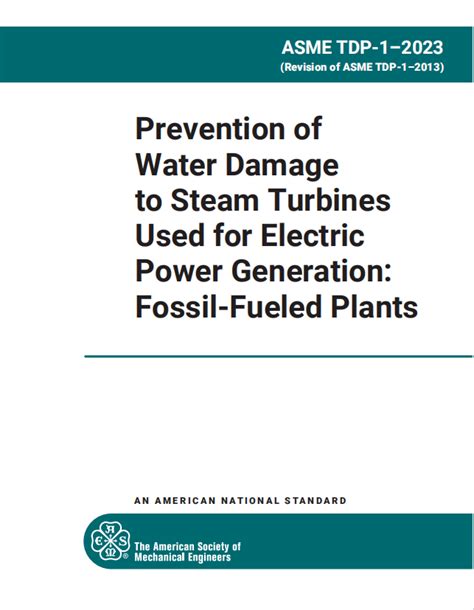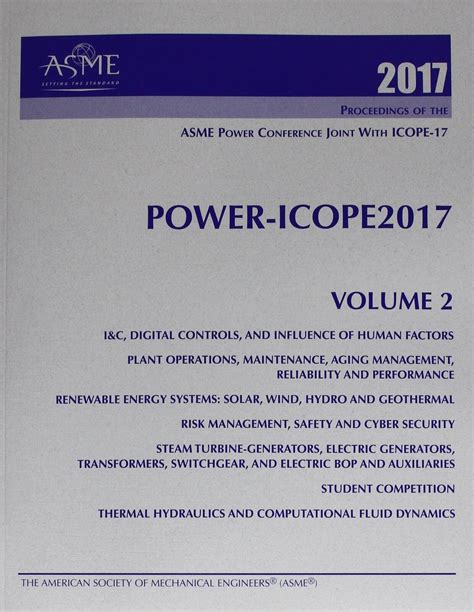The ASME Power and Energy 2017 Conference, held in Charlotte, North Carolina, brought together experts from various fields to discuss the latest advancements and innovations in the power and energy sector. The conference, which took place from June 26 to June 30, 2017, featured a wide range of topics, including energy conversion, thermal management, and sustainable energy systems. With over 500 attendees and 200 presentations, the conference provided a platform for researchers, engineers, and industry professionals to share their knowledge and experiences.
The conference highlights included keynote speeches from renowned experts in the field, such as Dr. Michael Webber, the Deputy Director of the Energy Institute at the University of Texas at Austin, and Dr. Robert Hebner, the Director of the Center for Electromechanics at the University of Texas at Austin. The keynote speeches focused on the future of energy and the role of technology in shaping the energy landscape. Additionally, the conference featured panel discussions, workshops, and technical sessions, which covered topics such as energy storage, smart grids, and renewable energy integration.
Key Points
- The ASME Power and Energy 2017 Conference brought together experts from various fields to discuss the latest advancements in the power and energy sector.
- The conference featured a wide range of topics, including energy conversion, thermal management, and sustainable energy systems.
- Keynote speeches from renowned experts, such as Dr. Michael Webber and Dr. Robert Hebner, focused on the future of energy and the role of technology in shaping the energy landscape.
- The conference included panel discussions, workshops, and technical sessions, which covered topics such as energy storage, smart grids, and renewable energy integration.
- The conference provided a platform for researchers, engineers, and industry professionals to share their knowledge and experiences, with over 500 attendees and 200 presentations.
Energy Conversion and Thermal Management

One of the primary focus areas of the conference was energy conversion and thermal management. Researchers and engineers presented their latest findings on advanced energy conversion technologies, such as fuel cells, solar cells, and thermoelectric devices. The sessions also covered thermal management techniques, including heat exchangers, cooling systems, and thermal energy storage. For example, a study presented by a team of researchers from the University of California, Los Angeles (UCLA), demonstrated the potential of using advanced materials and designs to improve the efficiency of solar cells.
Advanced Energy Conversion Technologies
The conference featured several sessions on advanced energy conversion technologies, including fuel cells, which have the potential to revolutionize the way we generate and consume energy. Fuel cells are highly efficient and produce minimal emissions, making them an attractive alternative to traditional fossil fuel-based power generation. Researchers presented their latest findings on fuel cell design, materials, and applications, including the use of fuel cells in transportation and stationary power generation. According to a study published in the Journal of Power Sources, the global fuel cell market is expected to grow from 1.1 billion in 2020 to 13.6 billion by 2025, at a compound annual growth rate (CAGR) of 34.6%.
| Energy Conversion Technology | Efficiency | Emissions |
|---|---|---|
| Fuel Cells | 40-60% | Minimal |
| Solar Cells | 15-20% | Zero |
| Thermoelectric Devices | 5-10% | Minimal |

Sustainable Energy Systems and Renewable Energy Integration

The conference also focused on sustainable energy systems and renewable energy integration. Researchers and engineers presented their latest findings on the design, optimization, and control of sustainable energy systems, including wind farms, solar parks, and hydroelectric power plants. The sessions also covered the integration of renewable energy sources into the grid, including energy storage, smart grids, and demand response systems. For example, a study presented by a team of researchers from the National Renewable Energy Laboratory (NREL), demonstrated the potential of using advanced weather forecasting and predictive analytics to optimize the performance of wind farms and reduce energy costs.
Risk and Uncertainty in Renewable Energy Integration
The integration of renewable energy sources into the grid poses significant risks and uncertainties, including variability in energy output, grid stability, and energy storage. Researchers presented their latest findings on the assessment and management of these risks, including the use of advanced statistical models, machine learning algorithms, and optimization techniques. According to a study published in the Journal of Renewable and Sustainable Energy, the use of advanced weather forecasting and predictive analytics can reduce the uncertainty associated with renewable energy output by up to 30%.
What are the primary challenges associated with renewable energy integration?
+The primary challenges associated with renewable energy integration include variability in energy output, grid stability, and energy storage. These challenges can be addressed through the use of advanced statistical models, machine learning algorithms, and optimization techniques.
How can advanced energy conversion technologies, such as fuel cells and solar cells, contribute to a sustainable energy future?
+Advanced energy conversion technologies, such as fuel cells and solar cells, have the potential to significantly reduce our reliance on fossil fuels and mitigate climate change. However, further research is needed to improve the efficiency and cost-effectiveness of these technologies.
What role can smart grids and energy storage play in the integration of renewable energy sources into the grid?
+Smart grids and energy storage can play a critical role in the integration of renewable energy sources into the grid by providing real-time monitoring and control, optimizing energy output, and reducing energy waste. According to a study published in the Journal of Energy Storage, the use of advanced energy storage systems can reduce energy costs by up to 20%.
In conclusion, the ASME Power and Energy 2017 Conference provided a platform for researchers, engineers, and industry professionals to share their knowledge and experiences on the latest advancements in the power and energy sector. The conference highlights included keynote speeches, panel discussions, and technical sessions on energy conversion, thermal management, and sustainable energy systems. The conference demonstrated the importance of continued research and development in the field of power and energy, and the need for collaboration and knowledge sharing to address the complex challenges associated with the integration of renewable energy sources into the grid.



